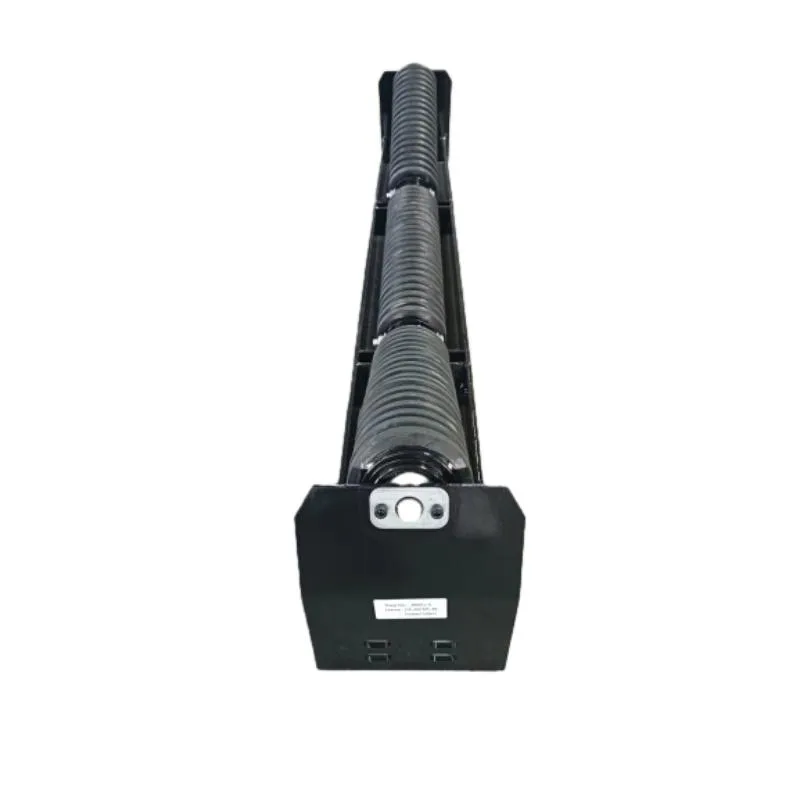 Afrikaans
Afrikaans  Albanian
Albanian  Amharic
Amharic  Arabic
Arabic  Armenian
Armenian  Azerbaijani
Azerbaijani  Basque
Basque  Belarusian
Belarusian  Bengali
Bengali  Bosnian
Bosnian  Bulgarian
Bulgarian  Catalan
Catalan  Cebuano
Cebuano  Corsican
Corsican  Croatian
Croatian  Czech
Czech  Danish
Danish  Dutch
Dutch  English
English  Esperanto
Esperanto  Estonian
Estonian  Finnish
Finnish  French
French  Frisian
Frisian  Galician
Galician  Georgian
Georgian  German
German  Greek
Greek  Gujarati
Gujarati  Haitian Creole
Haitian Creole  hausa
hausa  hawaiian
hawaiian  Hebrew
Hebrew  Hindi
Hindi  Miao
Miao  Hungarian
Hungarian  Icelandic
Icelandic  igbo
igbo  Indonesian
Indonesian  irish
irish  Italian
Italian  Japanese
Japanese  Javanese
Javanese  Kannada
Kannada  kazakh
kazakh  Khmer
Khmer  Rwandese
Rwandese  Korean
Korean  Kurdish
Kurdish  Kyrgyz
Kyrgyz  Lao
Lao  Latin
Latin  Latvian
Latvian  Lithuanian
Lithuanian  Luxembourgish
Luxembourgish  Macedonian
Macedonian  Malgashi
Malgashi  Malay
Malay  Malayalam
Malayalam  Maltese
Maltese  Maori
Maori  Marathi
Marathi  Mongolian
Mongolian  Myanmar
Myanmar  Nepali
Nepali  Norwegian
Norwegian  Norwegian
Norwegian  Occitan
Occitan  Pashto
Pashto  Persian
Persian  Polish
Polish  Portuguese
Portuguese  Punjabi
Punjabi  Romanian
Romanian  Russian
Russian  Samoan
Samoan  Scottish Gaelic
Scottish Gaelic  Serbian
Serbian  Sesotho
Sesotho  Shona
Shona  Sindhi
Sindhi  Sinhala
Sinhala  Slovak
Slovak  Slovenian
Slovenian  Somali
Somali  Spanish
Spanish  Sundanese
Sundanese  Swahili
Swahili  Swedish
Swedish  Tagalog
Tagalog  Tajik
Tajik  Tamil
Tamil  Tatar
Tatar  Telugu
Telugu  Thai
Thai  Turkish
Turkish  Turkmen
Turkmen  Ukrainian
Ukrainian  Urdu
Urdu  Uighur
Uighur  Uzbek
Uzbek  Vietnamese
Vietnamese  Welsh
Welsh  Bantu
Bantu  Yiddish
Yiddish  Yoruba
Yoruba  Zulu
Zulu Idler Roller for Conveyor Systems to Enhance Efficiency and Performance
Understanding Idler Conveyor Rollers Essential Components for Efficient Material Handling
In the realm of material handling and processing, the efficiency of conveyor systems is paramount. One of the critical components that contribute to the smooth functionality of these systems is the idler conveyor roller. These rollers play a crucial role in supporting the conveyor belt, ensuring the smooth movement of materials across various industrial applications. This article will delve into the significance, types, and maintenance of idler conveyor rollers, highlighting their importance in enhancing productivity.
What are Idler Conveyor Rollers?
Idler conveyor rollers are cylindrical components that are positioned along the length of a conveyor system. Their primary purpose is to support the weight of the conveyor belt and the materials being transported. By providing a stable and balanced platform, idlers help to minimize friction and resistance, facilitating smoother movement. They are typically situated in various configurations, including the carrying idlers, return idlers, and impact idlers, each serving a specific function in the overall conveyor system.
Types of Idler Conveyor Rollers
Idler conveyor rollers come in various types, each designed for specific applications and environments
1. Carrying Idlers These are the most common type of idlers found on a conveyor system. They support the weight of the load and help maintain the belt's alignment. Carrying idlers are usually arranged in a trough shape to aid in the transportation of bulk materials.
2. Return Idlers Positioned on the return section of the conveyor, return idlers ensure that the belt maintains its shape and alignment as it returns to the start of the system. They help in minimizing wear and tear on the belt by providing support during its return journey.
3. Impact Idlers Located at points where materials are loaded onto the conveyor, impact idlers are designed to absorb and distribute the shock caused by materials falling onto the belt. This helps to protect the belt and extends its lifespan.
4. Training Idlers These are specialized idlers used to align the conveyor belt and prevent it from drifting to one side. By keeping the belt centered, training idlers reduce wear and improve efficiency.
5. Specialty Idlers Depending on the operational requirements, specialty idlers such as rubber-covered, spiral-lagged, or anti-corrode idlers may be used to enhance performance in specific conditions.
idler conveyor roller

The Importance of Idler Conveyor Rollers
The significance of idler conveyor rollers cannot be overstated. They are pivotal in reducing maintenance costs and improving operational efficiency. Some of the key benefits include
1. Reduced Friction By facilitating smooth movement, idler conveyor rollers help reduce friction, which in turn decreases the wear and tear on the conveyor belt and associated components.
2. Improved Load Support Properly designed and positioned idlers provide essential support for varying loads, ensuring that the conveyor system can handle different material types and weights efficiently.
3. Enhanced Energy Efficiency The smooth operation facilitated by idlers means that conveyor systems require less energy to move materials, resulting in cost savings and a reduced carbon footprint.
4. Increased Lifespan Regular maintenance and the right choice of idler rollers can extend the lifespan of the entire conveyor system, leading to significant cost savings in the long term.
Maintenance and Care
To ensure that idler conveyor rollers perform optimally, regular maintenance is essential. This includes inspecting the rollers for wear and tear, cleaning them to prevent material buildup, and ensuring that they are properly lubricated. Addressing any issues promptly can prevent more significant problems down the line, ensuring a smooth and efficient operation.
Conclusion
Idler conveyor rollers are indispensable in the realm of material handling, providing the necessary support and facilitating efficient movement of goods. Understanding their types and maintenance needs can lead to improved performance, reduced costs, and longer-lasting conveyor systems. As industries continue to evolve, the role of idler rollers will remain fundamental to achieving operational excellence and maximizing productivity in various applications.
-
Revolutionizing Conveyor Reliability with Advanced Rubber Lagging PulleysNewsJul.22,2025
-
Powering Precision and Durability with Expert Manufacturers of Conveyor ComponentsNewsJul.22,2025
-
Optimizing Conveyor Systems with Advanced Conveyor AccessoriesNewsJul.22,2025
-
Maximize Conveyor Efficiency with Quality Conveyor Idler PulleysNewsJul.22,2025
-
Future-Proof Your Conveyor System with High-Performance Polyurethane RollerNewsJul.22,2025
-
Driving Efficiency Forward with Quality Idlers and RollersNewsJul.22,2025





























